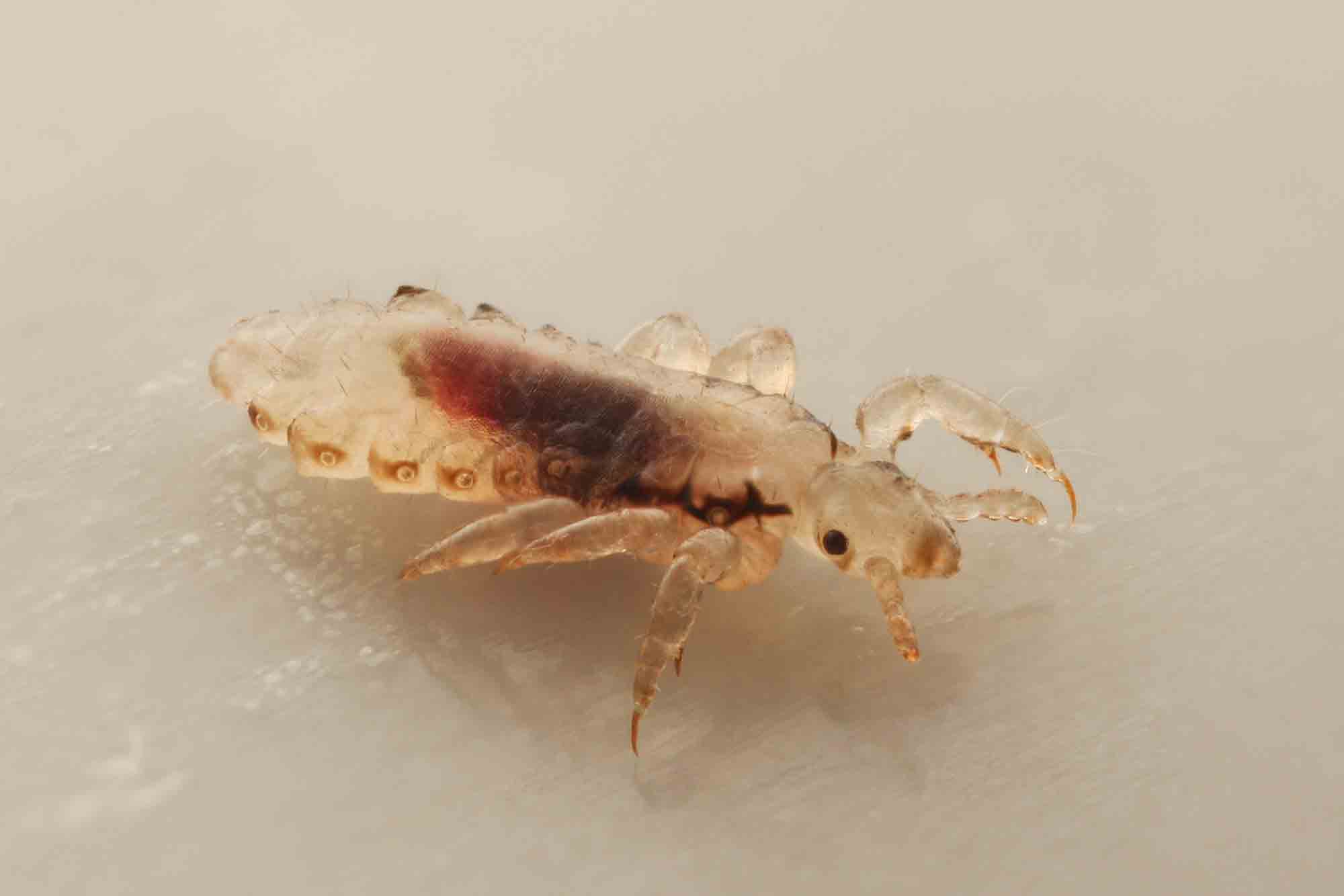Everything You Never Wanted to Know About Lice in Pets
 It may be that every parent’s worst nightmare is that dreaded phone call from school that a lice case has been identified in their child’s classroom. Just the word lice gives many of us the heebie-jeebies.
It may be that every parent’s worst nightmare is that dreaded phone call from school that a lice case has been identified in their child’s classroom. Just the word lice gives many of us the heebie-jeebies.
Did you know, though, that we see lice in pets as well? Before you start obsessively scratching your head, there are a few things you should know. Beverly Hills Veterinary Associates is your experts on lice in pets, as well as a multitude of other animal-related topics.
All About Lice
Lice are a special sort of nasty little critter that many of us are all too familiar with. They actually belong to the insect family, and make their living feeding on the skin debris and secretions in the hair or feathers of their host.
There are two main types of lice, the chewing louse and the blood-sucking louse. Mammals tend to play host to the latter variety.
Female lice lay their eggs, called nits, on the strands of the hair, close to the skin. This makes them very difficult to wash off. In 2-4 weeks, the nit will become an adult and repeat the cycle.
An infestation with lice results in some tell-tale symptoms, which include:
- Itching
- Biting or rubbing an area
- A dry, rough coat
- Patches of hair loss
Of course, many dermatological issues in pets can present similarly, so it is important to call us right away if you have an itchy pet, so that we can properly diagnose.
No one wants to deal with a lice infestation, be it in pets or in people. Are you ready for the good news now? Lice are very species-specific. This means that if your dog or cat is diagnosed with lice, you cannot catch it (although good environmental control is necessary to prevent your dog from becoming reinfested). It also means that if your grade-schooler brings home some extra friends, your dog need not worry.
Avoiding and Treating Lice in Pets
Lice in pets are something that should be avoided at all costs. Luckily, this is not too terribly difficult to do. Most parasite preventatives for fleas and ticks also are effective against lice. A pet who is on routine parasite prevention, as part of a good wellness care routine, is very unlikely to house a louse. (Now, if only it was acceptable to apply parasite preventatives to children?)
If your pet has been diagnosed with lice, we will need to prescribe your pet a topical treatment to kill the adults. Nits can be removed using a fine-toothed comb. Treatment is typically repeated in about a week to kill any nits that were missed. Your pet might also need an antibiotic or other medication if there is self-trauma from scratching.
Environmental control, such as cleaning and inspecting items like beds, collars, brushes, and toys, will help prevent reinfection as well as transmission to other members of the same species in the home.
Lice in pets are no fun, but we have some pretty good ways to prevent and kill them when they do happen. For all things pertaining to parasites and your pet, our team is your first line of defense. Give us a call!
